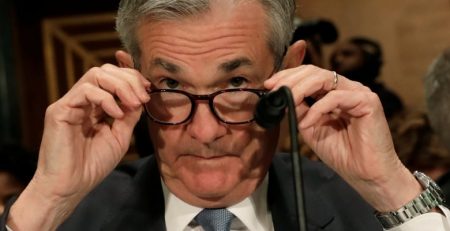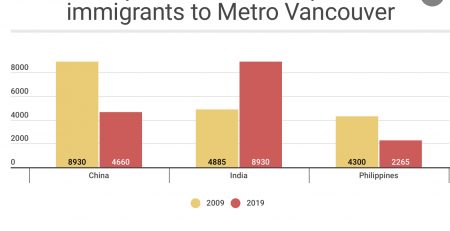2020 may be the year when the ‘largest, broadest and fastest’ wave of debt crashes over the global economy. You have been warned
[South China Morning Post -December 30, 2019]
The World Bank has provided a chilling analysis of the latest tidal wave of borrowing, which had reached US$55 trillion by 2018. Even though interest rates are low now, they provide no sure-fire protection against debt crises.
I make no apologies for returning to the subject of global debt, even if it does make for rather dismal new year reading. The World Bank (under the leadership of former US Treasury undersecretary David Malpass) has just weighed in with a whole book on why another debt crisis could be imminent.
China is the biggest emerging economy and the World Bank suggests that the “debt-fuelled” investment boom there could result in non-performing loans and a corporate debt crisis. Given the size of China’s economy, spillovers to other emerging economies could be “significant”.
Total public and private debt in emerging and developing economies has increased dramatically over the past 50 years – from 47 per cent of GDP to around 170 per cent, according to the World Bank. Government debt has doubled to 50 per cent while private debt has risen sixfold to 120 per cent.
This is precisely what we are hearing now. Interest rates are at historic lows and likely to remain this way in the foreseeable future, it is claimed, given low (or sometimes non-existent) inflation and restrained demand. The World Bank report challenges such facile claims, however.
Like the current debt wave, previous ones “began during prolonged periods of low real interest rates, and were facilitated by financial innovations and changes in financial markets that encouraged borrowing”. Thus, there is a risk that the latest wave might “follow the historical pattern”.
Low or falling interest rates provide no certain protection against debt crises. Half of all episodes of rapid debt accumulation came in years when US long-term interest rates were falling and many in years when US long-term real rates were below 1 per cent (as they are now).
Changes in financial markets have again boosted borrowing, including through regional (as distinct from international) banks, local currency bonds and shadow banks (hedge funds and the like).
There has been “a shift to riskier debt instruments, including increasing reliance on non-Paris club bilateral lenders”, the World Bank notes (in an apparent reference to China). Meanwhile, fiscal and external deficits have increased and GDP growth has also slowed in emerging markets.
On the positive side, multiple reforms have increased the resilience of the international financial system and global financial safety nets have been expanded and strengthened since the last financial crisis. Many emerging economies have improved macroprudential policy frameworks.
Yet, as former IMF chief economist Maurice Obstfeld comments: “After a decade of slow growth and low interest rates, the world is awash in debt – issued by households, corporations, and especially governments. It istempting to believe that with interest rates as low as they are today … much higher debt levels are sustainable indefinitely.” Tempting, but foolish.











